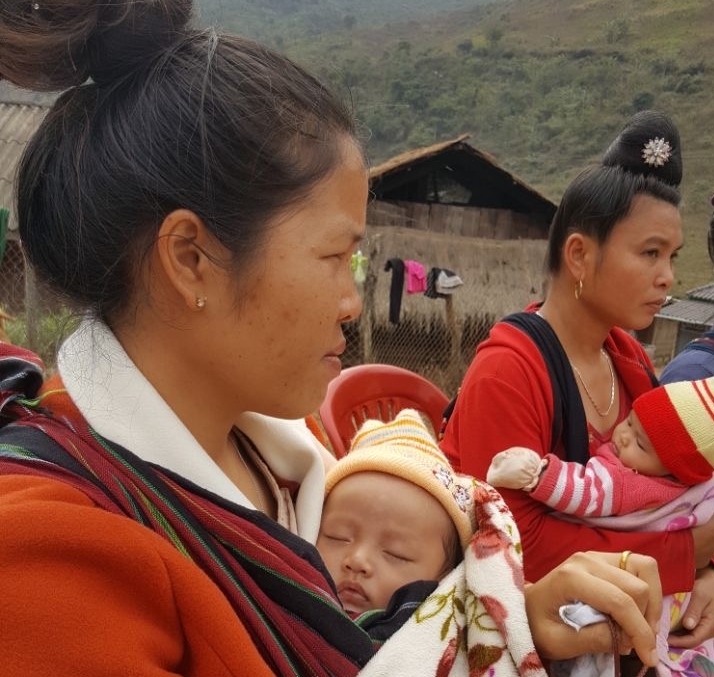, a results-based financing instrument, is effectively addressing the problem of inequity in Lao PDR’s immunization efforts by boosting vaccination rates in 50 remote districts that have historically been lagging behind the rest of the country. A US$4 million grant from the Australian Department of Foreign Affairs and Trade (DFAT) via the MDTF to Advance UHC has been pivotal to increasing immunization rates in the 50 targeted districts by an average of 22% for MCV (measles-containing vaccine) and 30% for Pentavalent-3 vaccine (diphtheria, tetanus, pertussis, hepatitis B and Haemophilus influenzae type b) over the 2016–17 baseline. These substantial increases were achieved through focused performance-based measures, set under the DLI instrument, compared to the 1% and 4% respective increase over the same period in the remaining districts of the country. The grant complements a broader project supported with funds from Gavi, the Vaccine Alliance, and the resources of the World Bank’s International Development Association (IDA).
This DLI approach is a valuable example of how analytical information is being used to implement evidence-based activities. After the health financing and immunization assessment (with support from DFAT and Gavi) identified the lowest performing districts, grant funds were added during the additional financing of the World Bank’s Health Governance and Nutrition Development Project (HGNDP) undertaken in late-2017. HGNDP, which is co-financed by the government of Japan, uses the DLI approach to implement key reforms for better health outcomes. Funds are released when a set of agreed upon results are verified. They are linked not only to outcomes and outputs but also other critical program performance criteria.
Lao PDR has adopted the policy goal of attaining UHC by 2025. However, there are challenges of low and inequitable health service coverage as well as disparities between poor and geographically isolated areas in the country. This World Bank health project has brought a strong equity dimension to immunization and outreach services in the remote districts of Lao PDR and improved sustainability.
